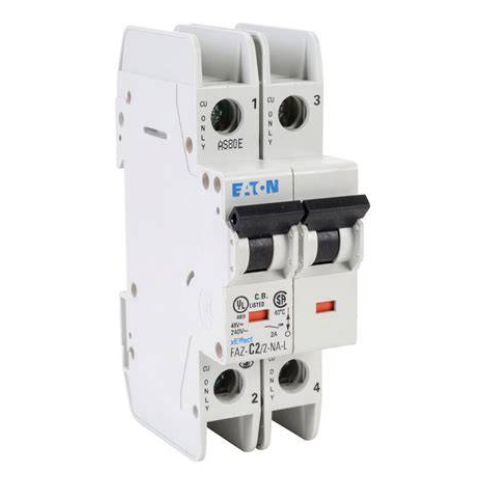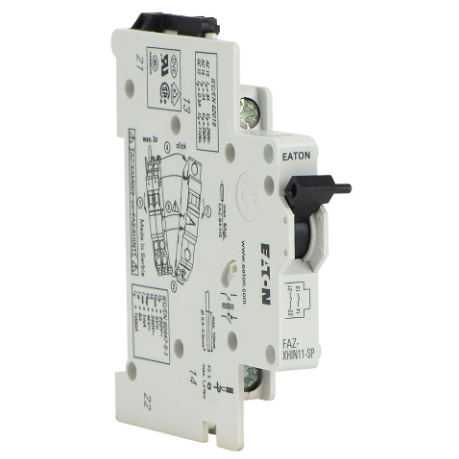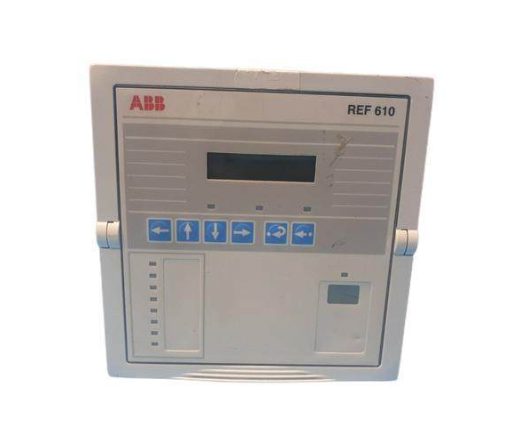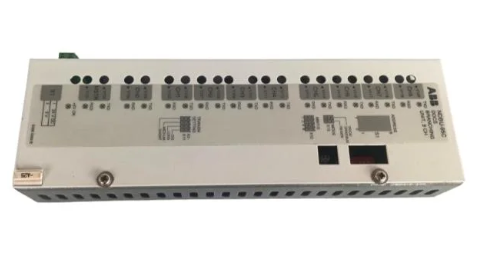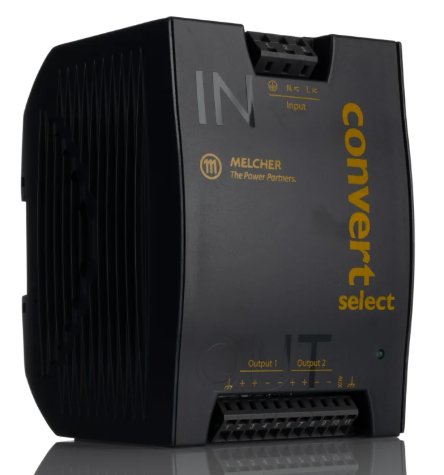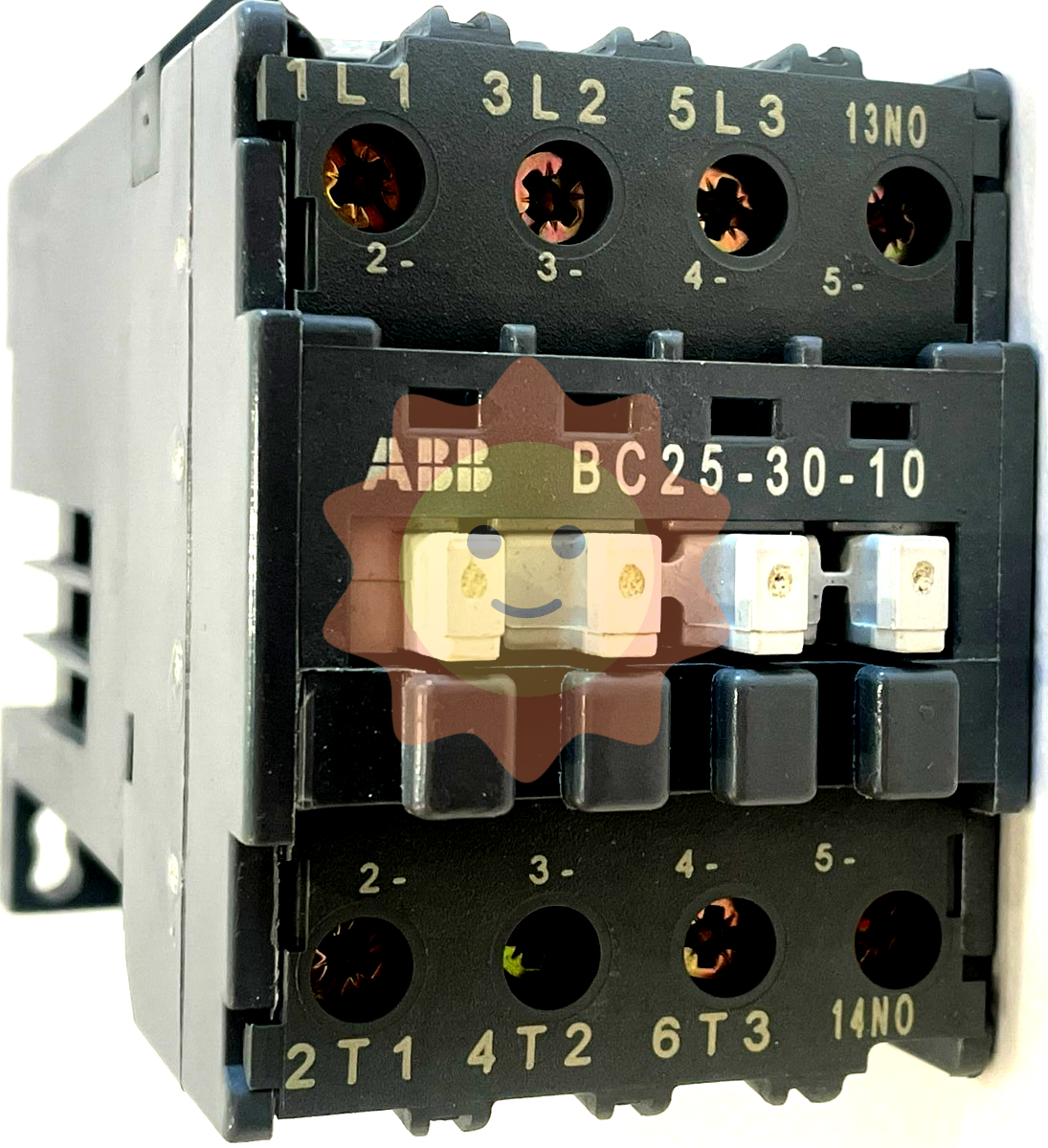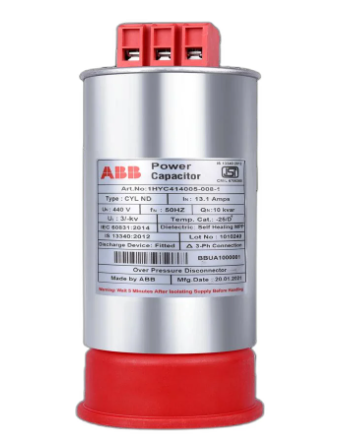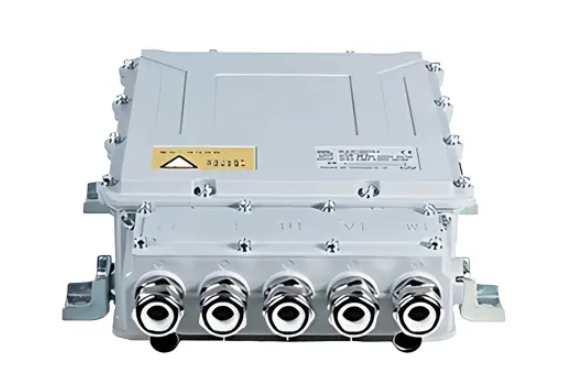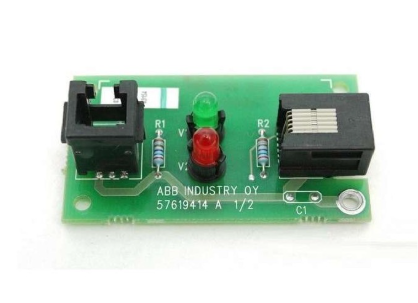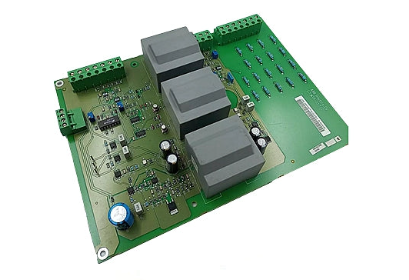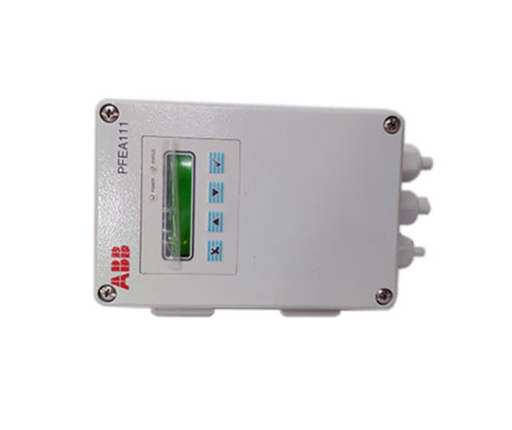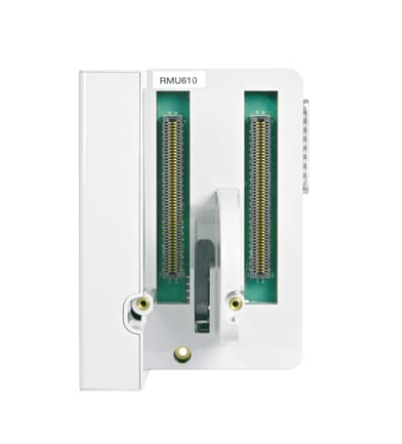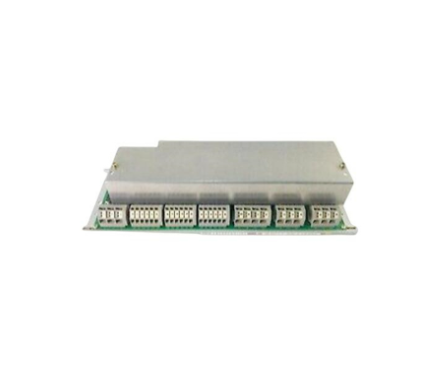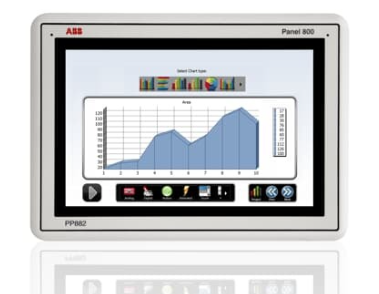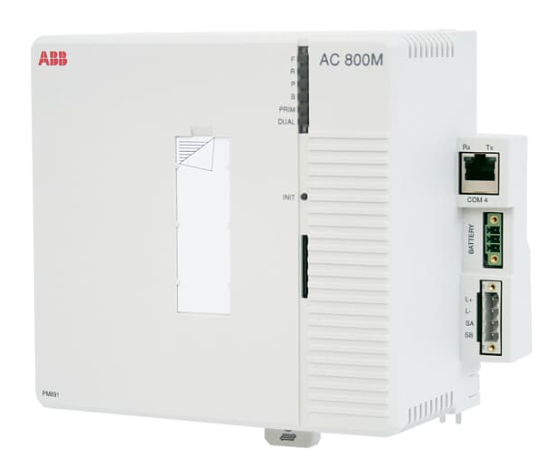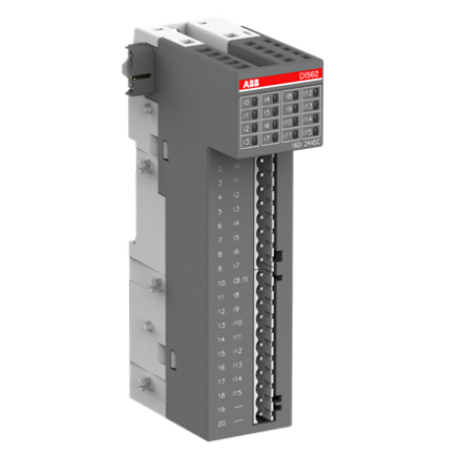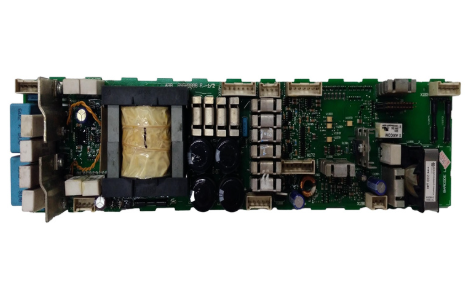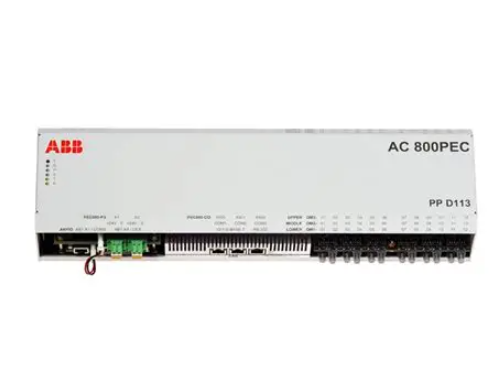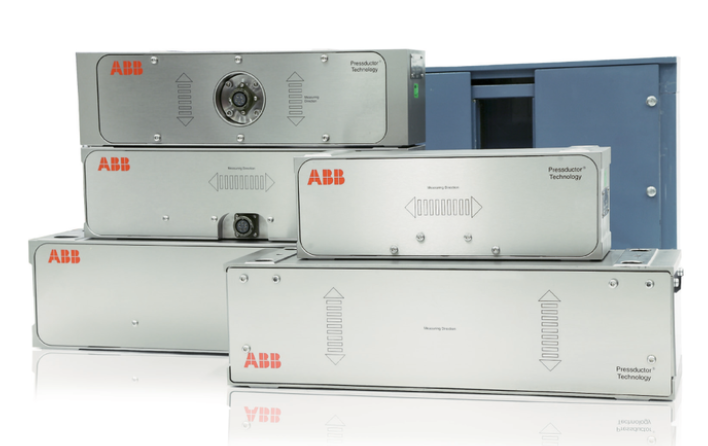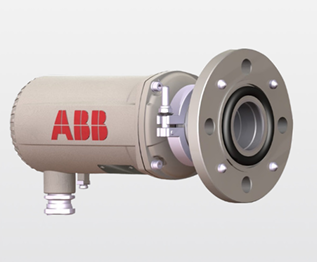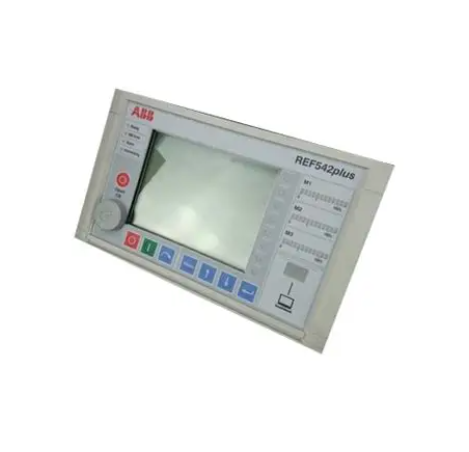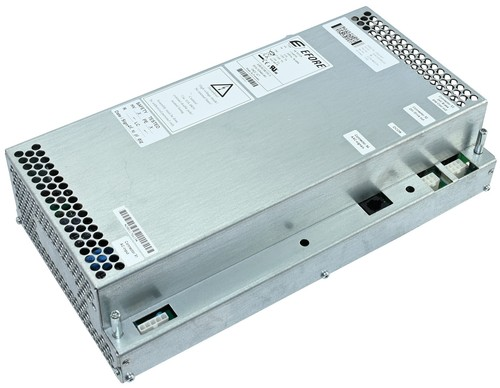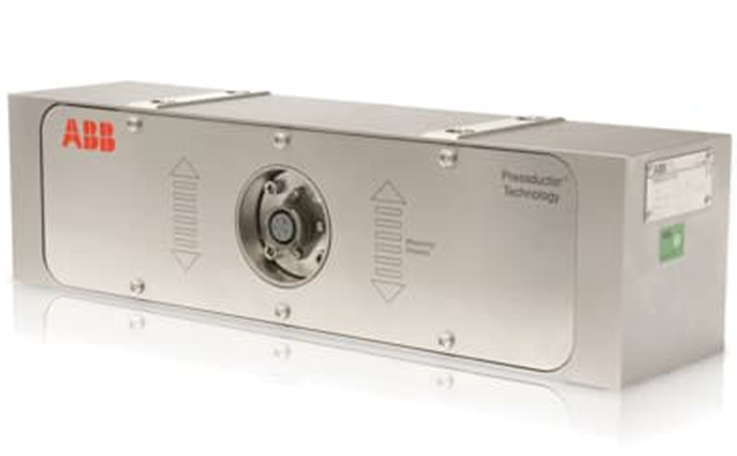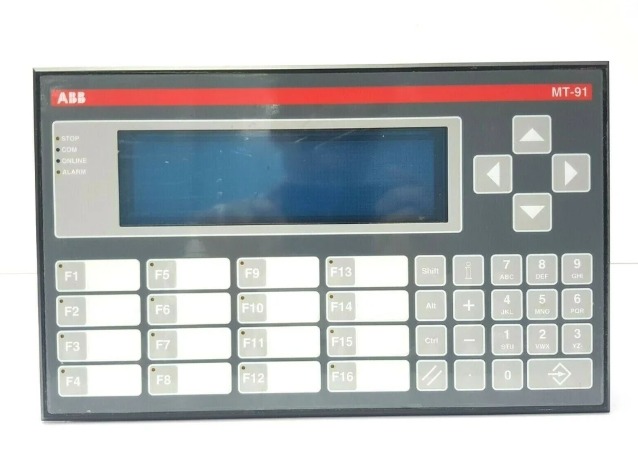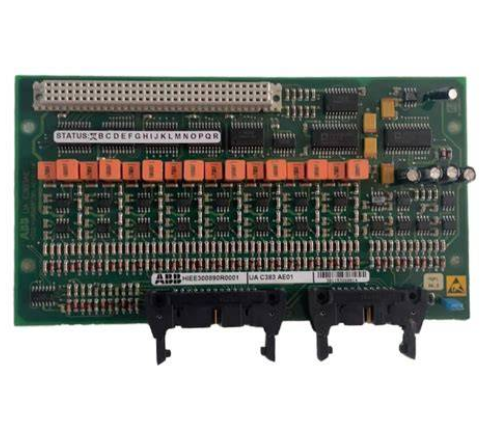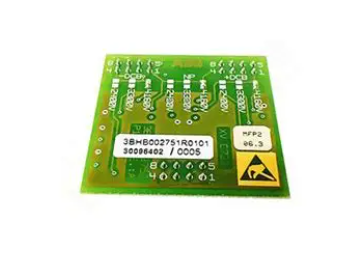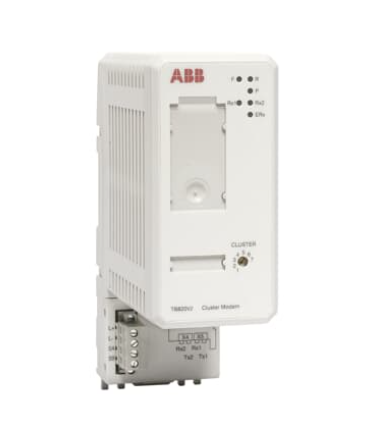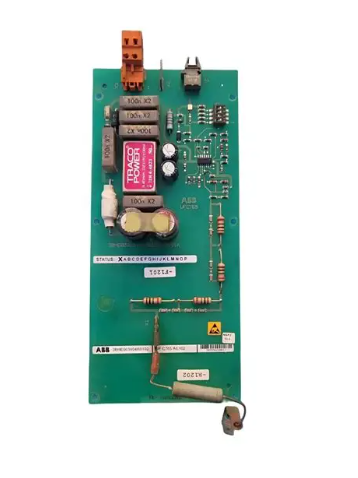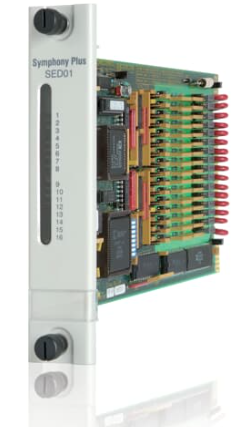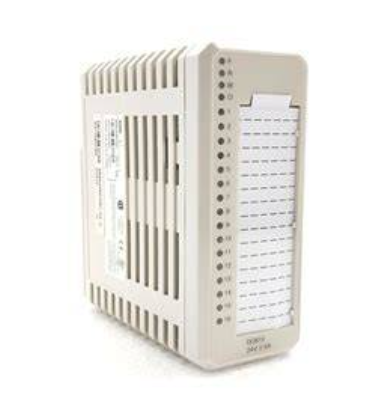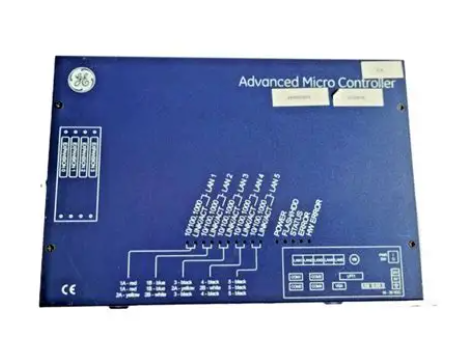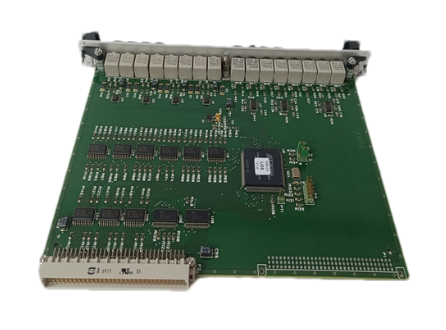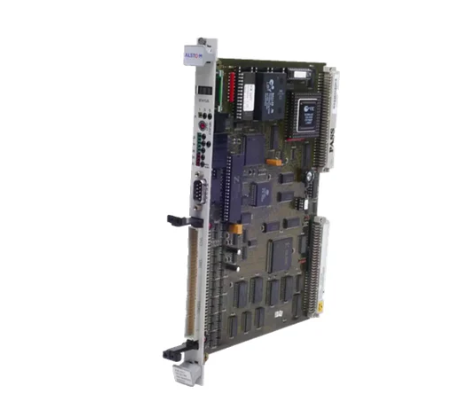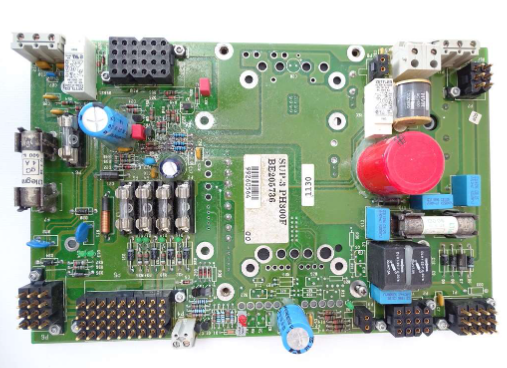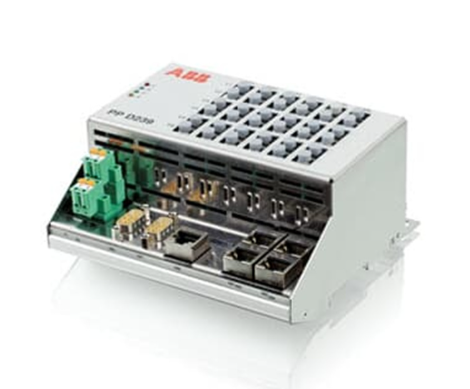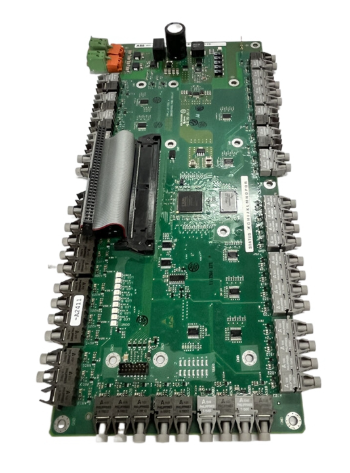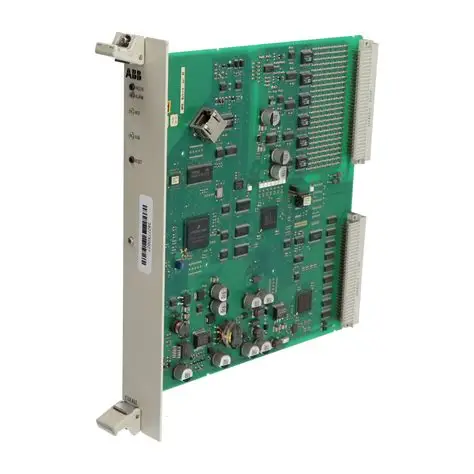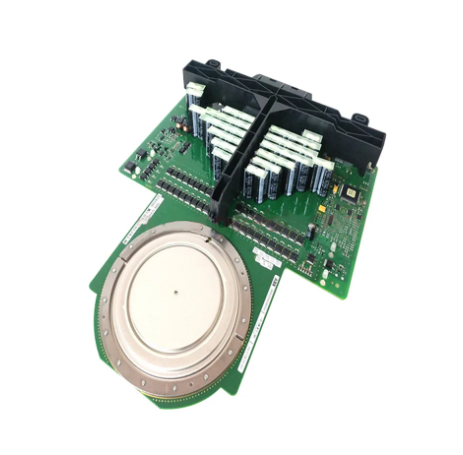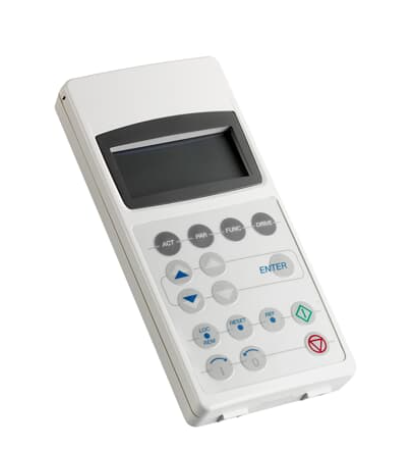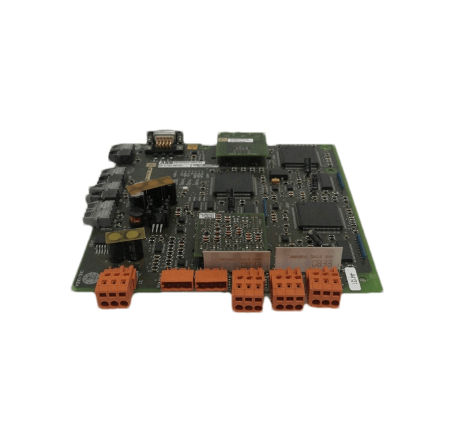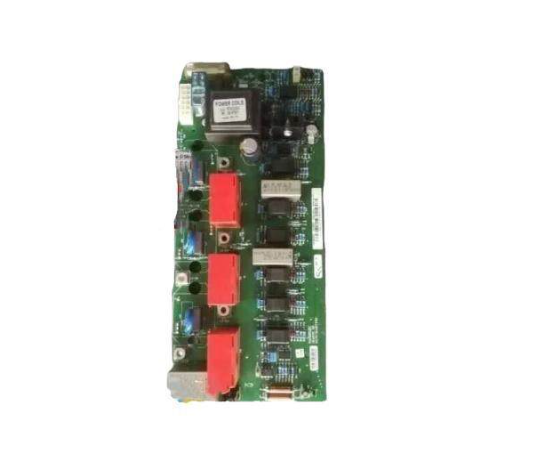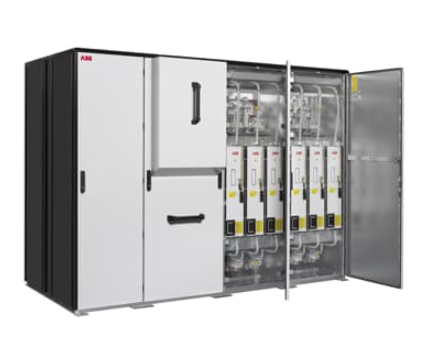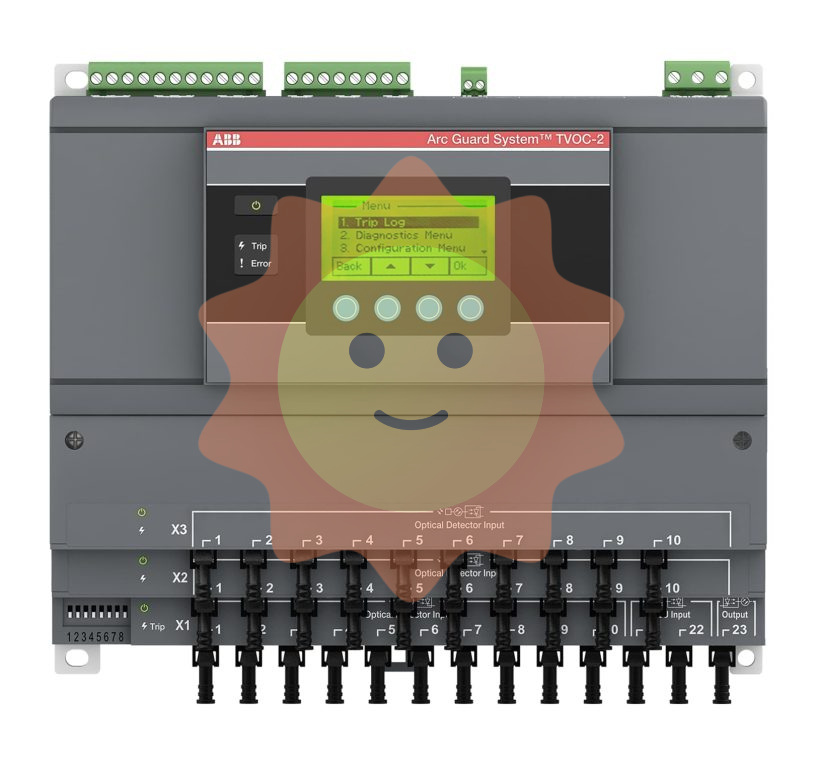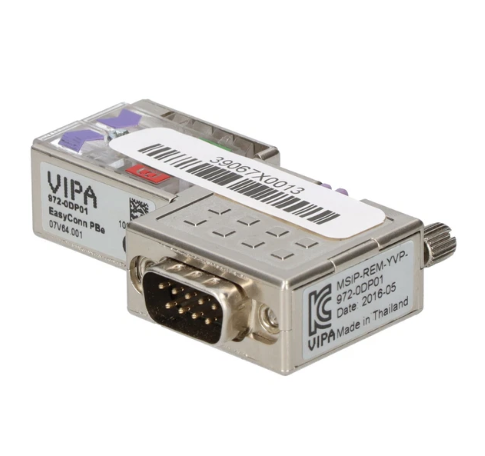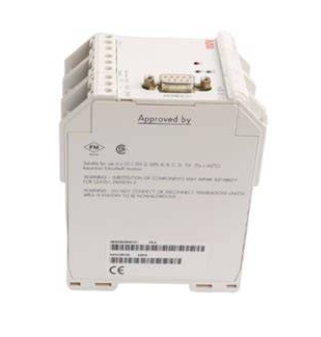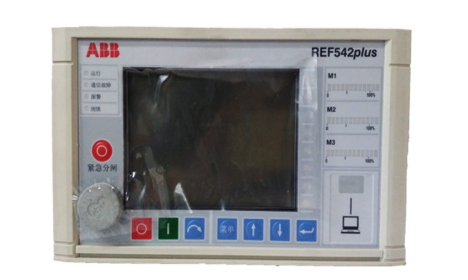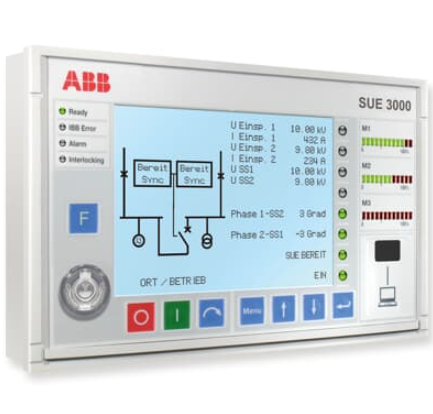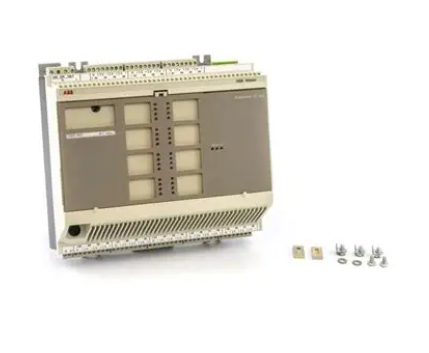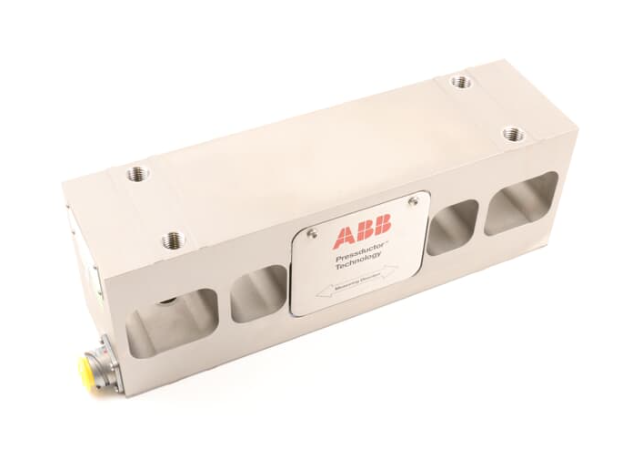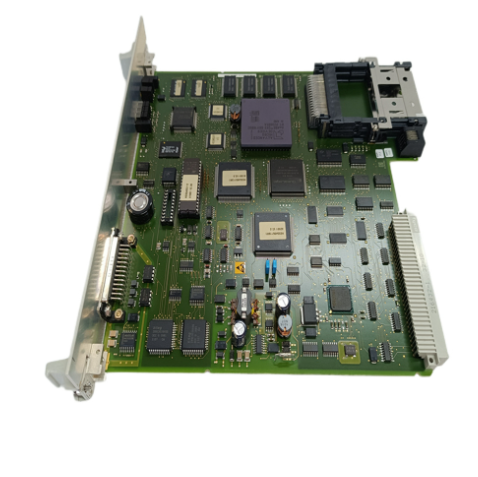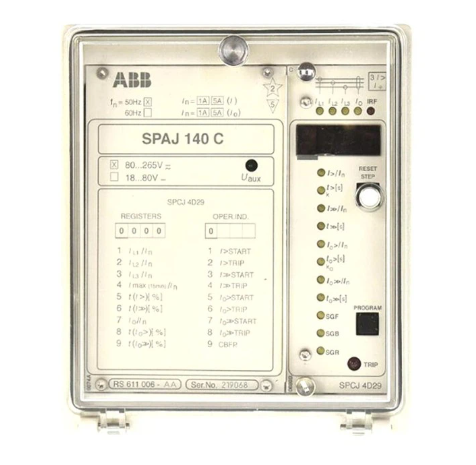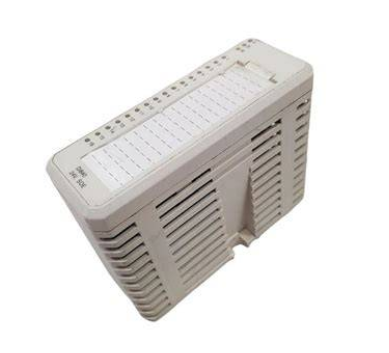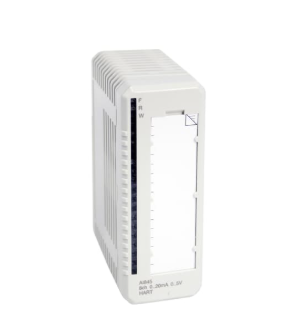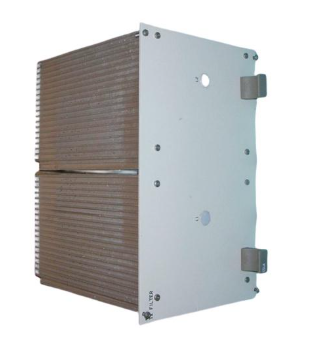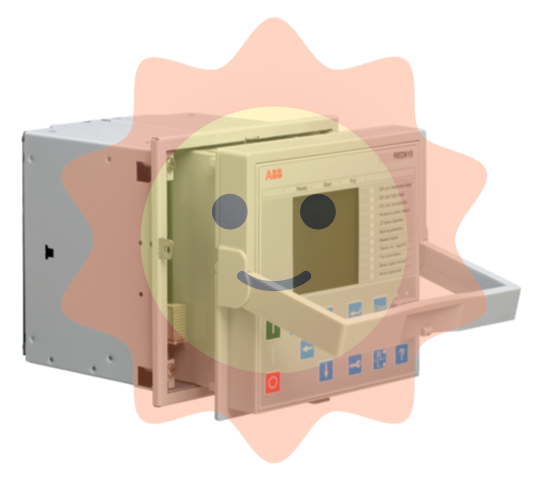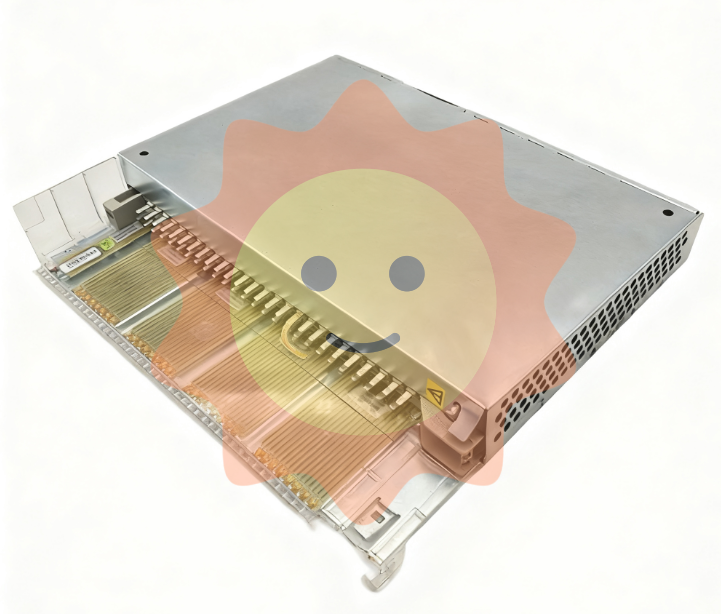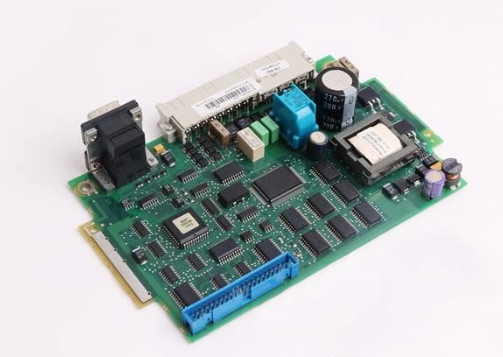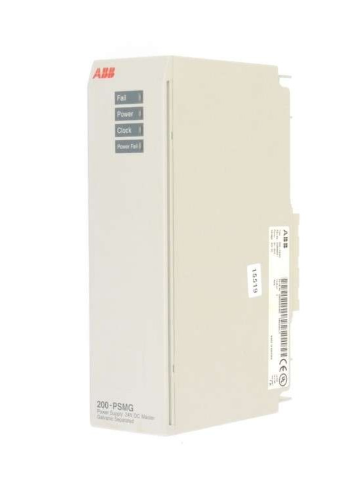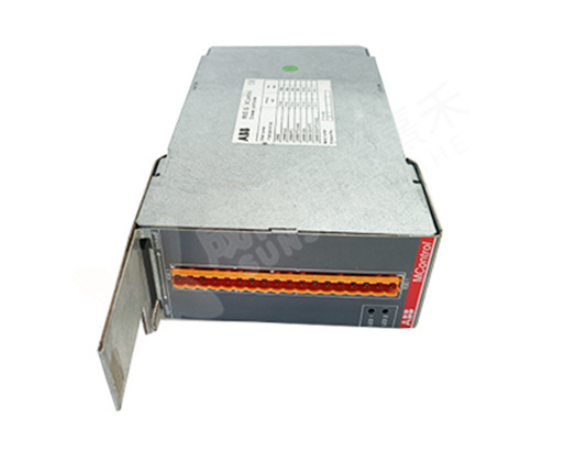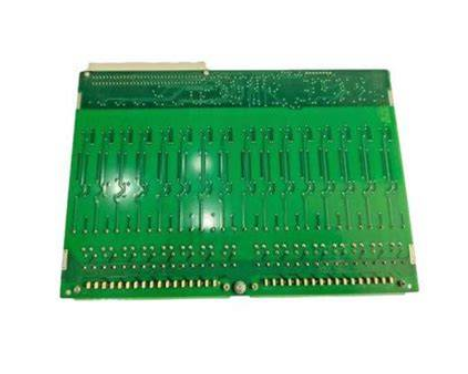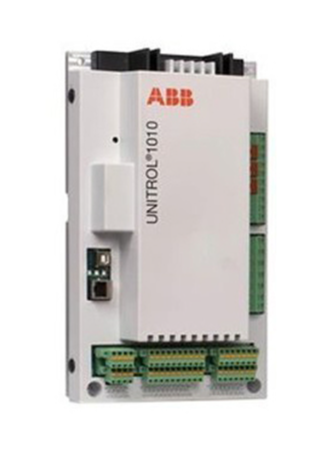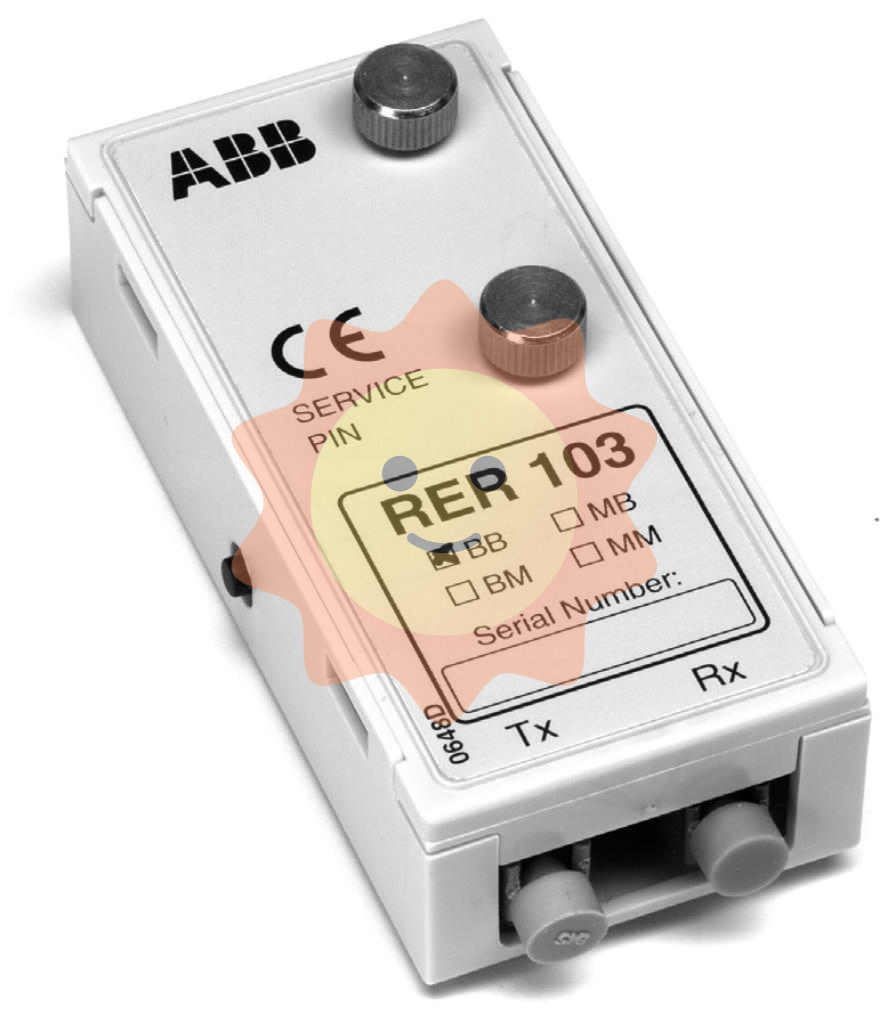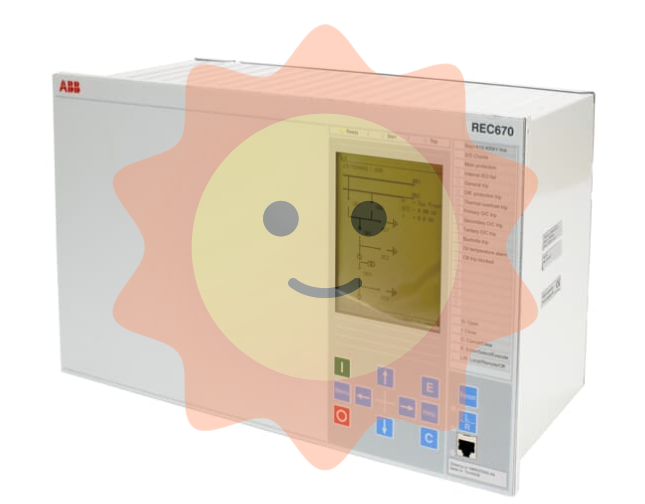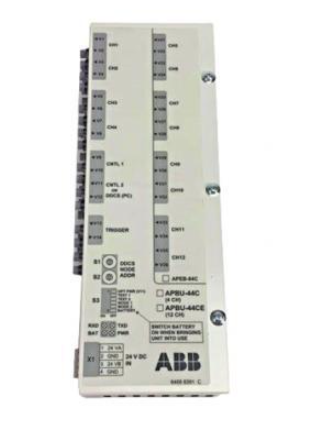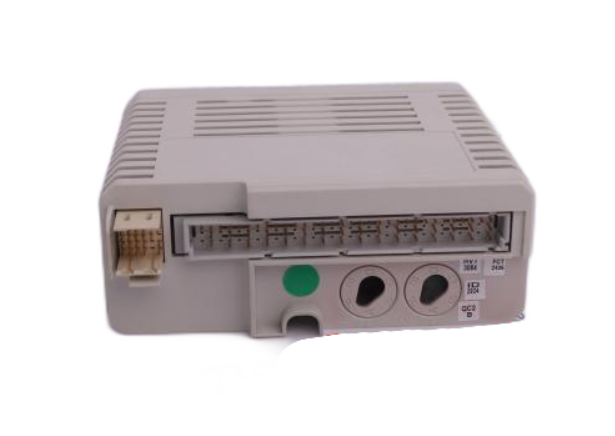ABB 3HAC6428-1/04 high-performance control module
ABB 3HAC6428-1/04 high-performance control module
Product Overview
The ABB 3HAC6428-1/04 high-performance control module is the core product of ABB's industrial automation product line, developed specifically to meet the high-precision and high reliability control requirements in complex industrial scenarios. It can serve as the "brain" of industrial control systems, undertaking key tasks such as data processing, logical operations, and equipment control. Through precise instruction output and efficient data interaction, it ensures stable and efficient operation of industrial production processes, and is widely used in intelligent upgrades in various fields from production line automation to energy management.
Specification parameters
working voltage
Integrated Ethernet (supporting Profinet, Ethernet/IP), RS-485, CAN bus and other interfaces, suitable for multi protocol communication
Working temperature range
-40 ℃~+70 ℃, suitable for extreme industrial environments such as high and low temperatures
protection grade
IP20 (customizable with higher protection level), dustproof and resistant to objects with a diameter greater than 12mm from entering
Certification standards
Compliant with global industrial safety and quality standards through international certifications such as CE, UL, ISO 9001, etc
Core functions
Precision control: Equipped with advanced PID, fuzzy control and other algorithms, it supports microsecond level response speed and can adjust parameters such as motor speed, valve opening, temperature and pressure with an accuracy of ± 0.1%, meeting the high precision control requirements of semiconductor manufacturing, precision machining and other scenarios.
Fault diagnosis and self-healing: Built in intelligent diagnostic system, real-time monitoring of module temperature, voltage, communication status and other parameters through sensors. Once an abnormality is detected, an alarm can be triggered within 100ms and automatic fault isolation or backup module switching can be performed to reduce the risk of shutdown.
Working principle
When the module is working, it first receives analog or digital signals collected by sensors (such as temperature and pressure sensors) through input channels, converts the analog signals into digital signals through A/D converters, and transmits them to the processor. The processor performs logical operations and analysis on data based on preset control programs (such as ladder diagrams and algorithms written in C language) to generate control instructions. The instruction is sent to the actuator (such as motor, solenoid valve) through a D/A converter (for analog signal output) or directly through a digital output channel to execute the action. At the same time, the communication module is responsible for data exchange with the upper computer and other devices, achieving remote monitoring and parameter adjustment; The diagnostic module continuously monitors the system status to ensure safe operation.
Key advantages
High reliability: adopting redundant design, key components (such as power supply and communication module) support hot backup, with an average time between failures (MTBF) of over 100000 hours; The shell is made of high-strength flame-retardant materials and has passed a 1000 hour salt spray test to adapt to humid and corrosive environments.
Flexible Scalability: Supports modular expansion, allowing users to add communication, I/O, and other functional modules according to their needs; At the software level, it is compatible with control systems such as ABB AC 800M, making it easy to integrate into existing automation architectures.
Intelligent operation and maintenance: Supports OPC UA protocol, seamlessly integrates with industrial IoT platforms, and achieves device health prediction and remote firmware upgrades; The fault code is visually displayed on the LCD screen or communication interface, reducing the difficulty of operation and maintenance.
Energy saving and efficiency improvement: Optimize power management technology, reduce standby power consumption by 30%; The dynamic adjustment algorithm can automatically adjust the output power according to load changes, helping enterprises achieve green production.
Precautions
Installation environment: Avoid installing in places with strong electromagnetic interference (such as near high-frequency welding machines), flammable and explosive materials, or high dust concentration; Maintain a module spacing of ≥ 5cm during installation to ensure good heat dissipation.
Wiring specifications: Strictly distinguish between power, signal, and grounding lines, and use shielded cables to reduce signal interference; Disconnect the power supply before wiring to prevent short circuit damage to the module.
Parameter configuration: For the first use, communication protocols, I/O channel functions, and other parameters need to be configured through ABB Control Builder software. After configuration, functional testing should be conducted to ensure normal operation.
Regular maintenance: Check the operation status of the module cooling fan and the tightness of the wiring terminals every quarter; Perform annual energy calibration to extend the service life.
- EMERSON
- Honeywell
- CTI
- Rolls-Royce
- General Electric
- Woodward
- Yaskawa
- xYCOM
- Motorola
- Siemens
- Rockwell
- ABB
- B&R
- HIMA
- Construction site
- electricity
- Automobile market
- PLC
- DCS
- Motor drivers
- VSD
- Implications
- cement
- CO2
- CEM
- methane
- Artificial intelligence
- Titanic
- Solar energy
- Hydrogen fuel cell
- Hydrogen and fuel cells
- Hydrogen and oxygen fuel cells
- tyre
- Chemical fiber
- dynamo
- corpuscle
- Pulp and paper
- printing
- fossil
- FANUC
- Food and beverage
- Life science
- Sewage treatment
- Personal care
- electricity
- boats
- infrastructure
- Automobile industry
- metallurgy
- Nuclear power generation
- Geothermal power generation
- Water and wastewater
- Infrastructure construction
- Mine hazard
- steel
- papermaking
- Natural gas industry
- Infrastructure construction
- Power and energy
- Rubber and plastic
- Renewable energy
- pharmacy
- mining
- Plastic industry
- Schneider
- Kongsberg
- NI
- Wind energy
- International petroleum
- International new energy network
- gas
- WATLOW
- ProSoft
- SEW
- wind
- ADVANCED
- Reliance
- YOKOGAWA
- TRICONEX
- FOXBORO
- METSO
- MAN
- Advantest
- ADVANCED
- ALSTOM
- Control Wave
- AB
- AMAT
- STUDER
- KONGSBERG
- MOTOROLA
- DANAHER MOTION
- Bently
- Galil
- EATON
- MOLEX
- Triconex
- DEIF
- B&W
- ZYGO
- Aerotech
- DANFOSS
- KOLLMORGEN
- Beijer
- Endress+Hauser
- MOOG
- KB
- Moxa
- Rexroth
- YAMAHA


Email:wang@kongjiangauto.com

